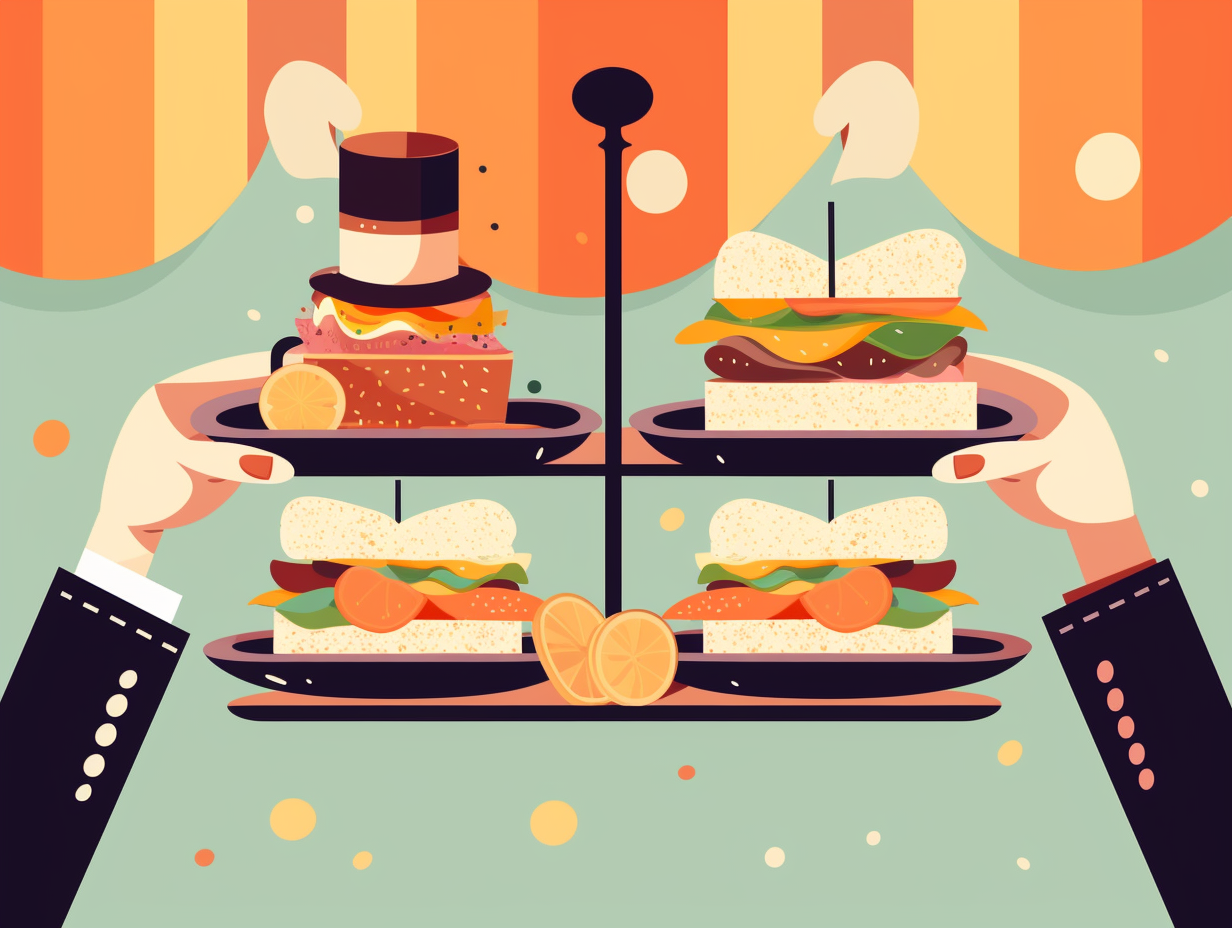9 Unbelievable Fun Facts About Croissants: Parisian Secrets Unveiled!

1. Austrian Accent in French Pastry
In a buttery twist of fate, it turns out that the flaky, golden pastry that has become synonymous with France actually has more than a touch of an Austrian accent: The croissant we adore today can trace its roots back to a little Austrian treat called the kipferl. Its crescent-shaped journey took an exciting turn when an Austrian officer named August Zang opened a Viennese bakery in Paris, captivating the locals with his delicious kipferl. The French version of the croissant finally emerged in the repertoire of Sylvain Claudius Goy, who documented the laminated yeast dough recipe in 1915, forever imprinting it as a national symbol of French culinary pride.
Source => ice.edu
2. Twisted Origin Story
Hold on to your berets and baguettes: the croissant's origin story is more twisted than its dough! The buttery French icon is actually an import from Austria, where its flaky ancestor, the kipferl, reigned supreme in 18th-century pastry shops. In a case of culinary espionage, the French infiltrated this doughy secret and transformed the kipferl into the legendary crescent-shaped delight adored across the globe today. Voilà: a true tale of pastry thievery and tastebud glory.
Source => eazypeazymealz.com

Discover the fascinating connection between crêpes, Pope Gelasio I, and prosperity dating back to 472! Uncover the secrets behind the holy batter and its sun-like symbolism in France and Belgium. 🥞✨
=> Fun Facts about Crepes
3. Battle-Inspired Baked Goods
The buttery lovechild of an Austrian baker and an Ottoman flag: Croissants actually originated in Austria during the Battle of Vienna in 1683, where bakers created a crescent moon-shaped pastry called kipferl, inspired by the Ottoman flag; it later made its way to France, transforming into the flaky delight we know and devour today.
Source => curiousrambler.com
4. History-Mapping Pastries
Who needs satellites when you have pastries to map out historical conquests? Croissants rise to popularity was, in fact, kneaded into existence by the European political landscape: these scrumptious, flaky crescents came into being after the Habsburgs defeated the Ottoman Empire in the Battle of Vienna in 1683, with Viennese bakers whipping up a pastry in the shape of the enemy's emblem. And though Marie Antoinette brought them to Paris in 1770, the delectable delights only left a lasting impression on French taste buds in the mid-19th century.
Source => theguardian.com

5. Vienna to Paris: A Pastry Love Story
In a flaky turn of events, the French croissant has been caught butter-handed, revealing its Austrian accent and mysterious past as a Viennese undercover agent: The pastry we now consider quintessentially French actually originated in Austria as the kipferl, a crescent-shaped bread roll, and only gained French citizenship after Austrian officer August Zang founded a Viennese bakery in Paris in 1839, leading to the croissant's rise in popularity and its adoption of lamination techniques in France.
Source => ice.edu
6. Secret to Flaky Perfection
Butter believe it, dough the croissant tells no lies! The secret to its irresistible flakiness is the stuff of legends with a twist: Sandwiching laminations of dough and top-notch butter, creating a masterpiece that bakes to the crisp, heavenly goodness we crave. When heated, melted butter and evaporating water team up to gift us those scrumptious air pockets, making croissant quality oh-so-butter dependent!
Source => tastingtable.com
7. From Viennese Roots to French Hearts
In a world where everyone assumes French folks are the "kings of the pastry hill," prepare to have your dough-mind blown: Croissants actually have Viennese roots, but it's the French artisans who baked their way into history by perfecting the golden, flaky goodness we all crave today.
Source => busbysbakery.com
8. Defiant Doughy Creation
You might say that the croissant has had a rather flaky past: this delightful pastry was born out of a doughy act of defiance against the Ottoman Empire during the 1683 siege of Vienna. Bakers saw crescent moons aplenty, and thought, "Friday night's all right for kneading": their delicious creation then charmed the pastry-loving hearts of the French, thanks to none other than Marie Antoinette. That's right, our favorite Queen of Cake spawned the croissant craze, and now we can all sink our teeth into these scrumptious layers of goodness every January 30th on National Croissant Day - just a butter little way to start your day!
Source => happydays365.org
9. French Croissant Etiquette
As the French say, "Never schmear butter on a croissant, mon ami, for that would be a crumb-believable faux pas": In truth, the customary way to enjoy croissants, brioche, and other viennoiseries in France is not by dunking them into hot beverages like tea or coffee, but rather savoring these flaky delights separately alongside their drinks, reveling in the contrasting textures and flavors.
Source => thelocal.fr
Related Fun Facts




















